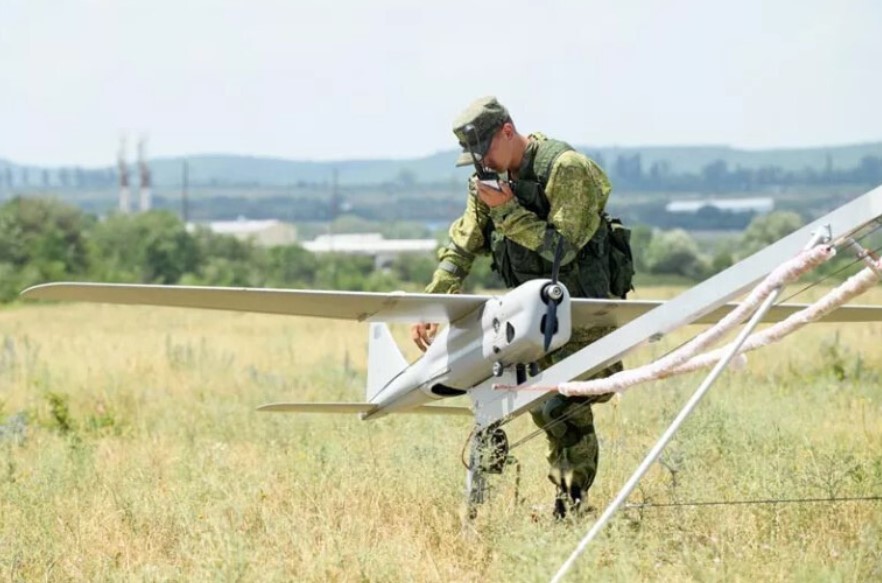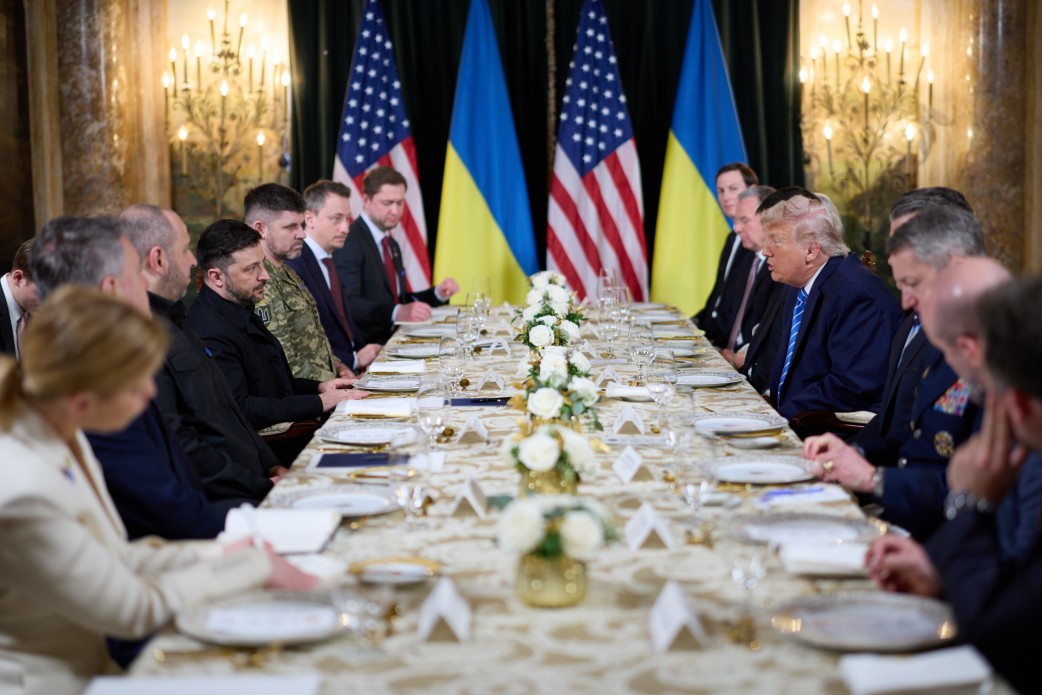"During the three weeks of April, 265 kamikaze drones were employed, out of which 239 were shot down. However, during the third week of April, the number of sorties sharply decreased, with only 41 kamikaze drones launched, all of which were intercepted. In other words, the interception rate was 100%.
The reduction in the use of kamikaze drones for this week was 2.5 times. This decrease is likely due to the fact that the main part of the Shahed-136 drones was utilized during Iran's strikes on Israel, causing Russia to receive fewer of these combat assets in the second half of April. This once again indicates that Russia lacks the production of ready-made products to fully meet the needs of the Russian army for strikes on Ukraine, and there is a pronounced dependence on Iran.

Orlan-10
The use of FPV drones remains within the range of 150-200 launches per day. Since the beginning of April, the average usage of these assets has occasionally exceeded 200 per day, and on one occasion, it surpassed 300 units. However, these are isolated cases that do not yet indicate a stable upward trend.
Nevertheless, even with this saturation of enemy FPV drones, the issue of deploying various types of EW means remains acute.
The use of barrage munitions Lancet remains consistent at an average of 10 per day. There are no clear signs of an increase in the use of Lancets due to expanded production.

Lancet
Finally, there is a sharp increase in the use of reconnaissance UAVs such as Zala, Orlan-10, Supercam, etc. These UAVs are particularly observed near the rear areas of Ukraine in anticipation of ballistic missile strikes and other actions. This trend is negative and reflects the inability of the Russian forces to obtain comprehensive reconnaissance information for adjusting strikes with other means."




















